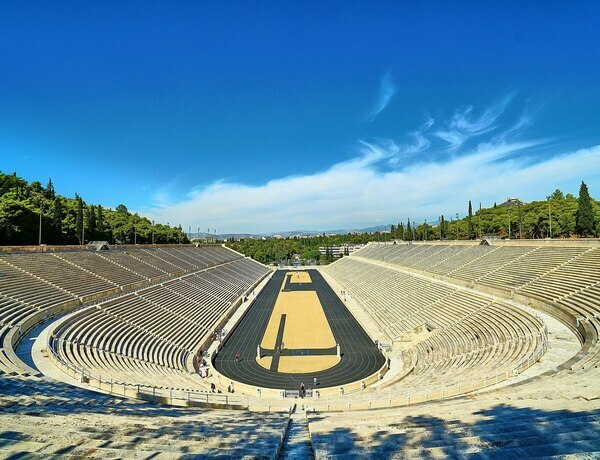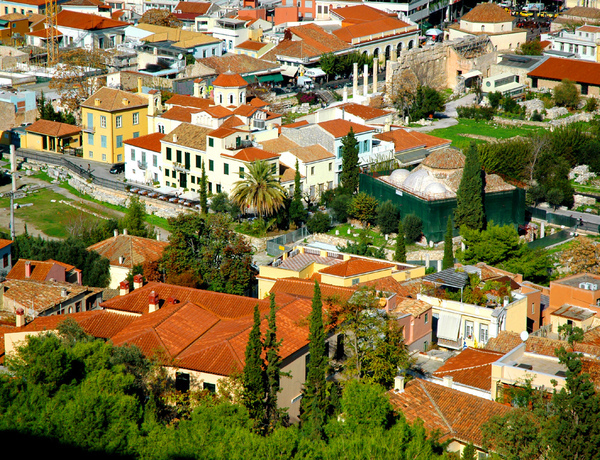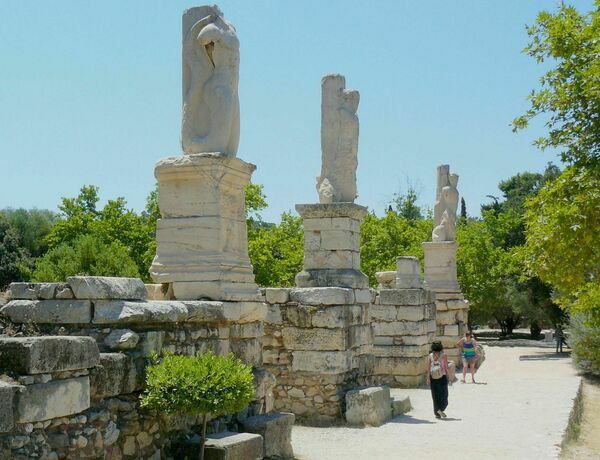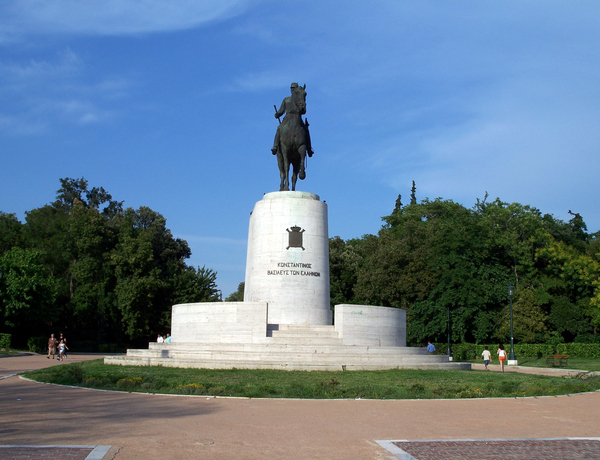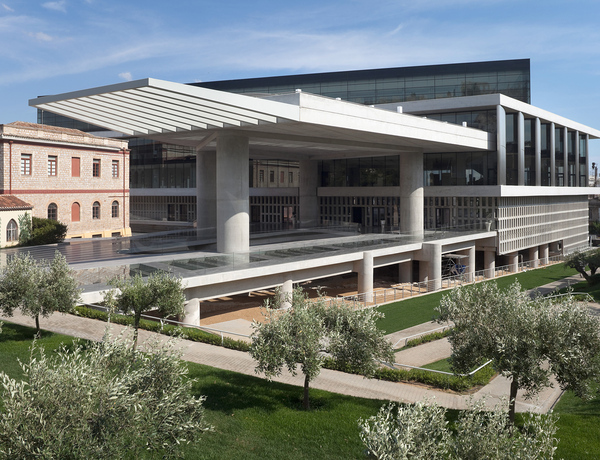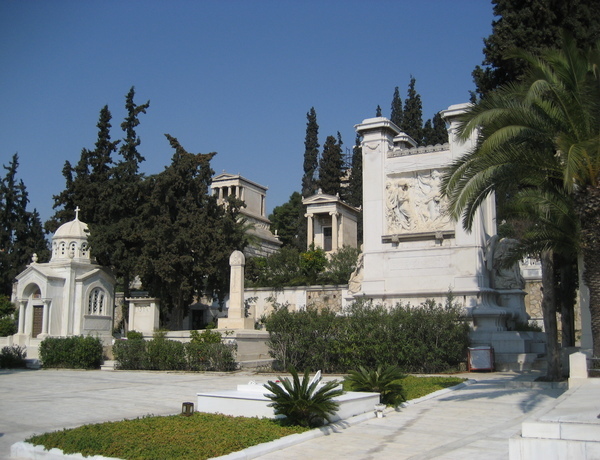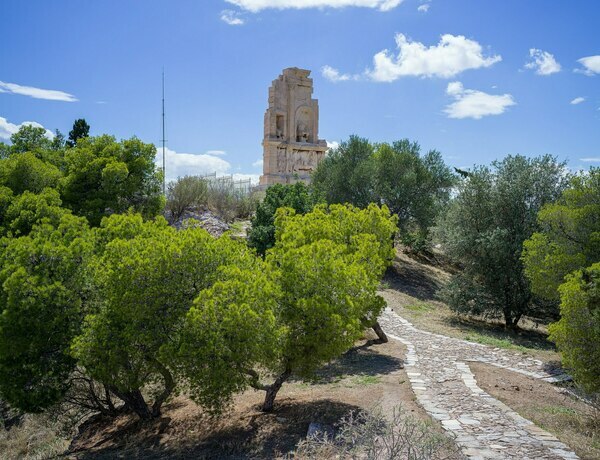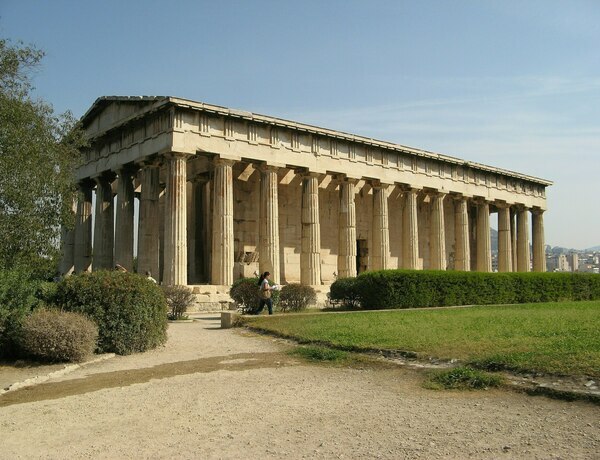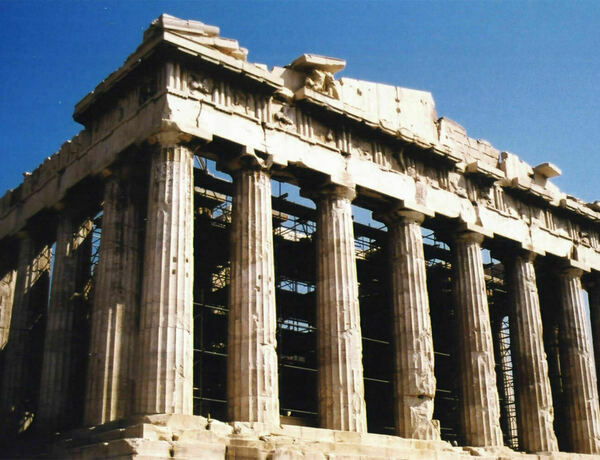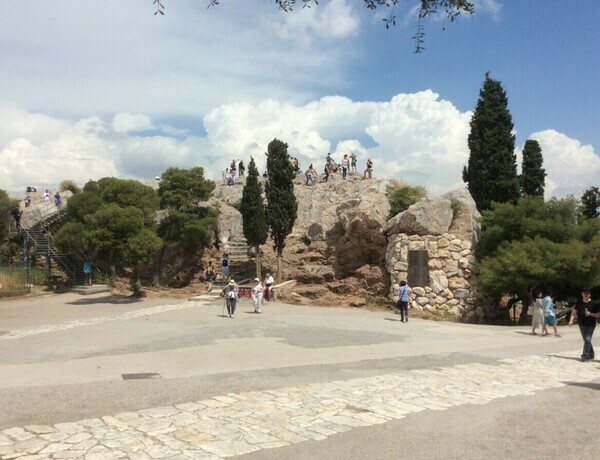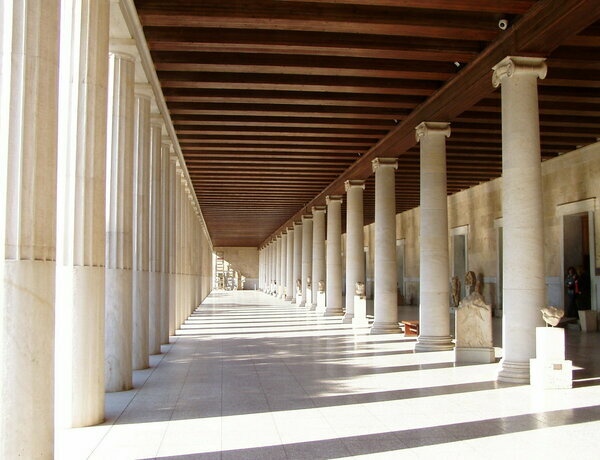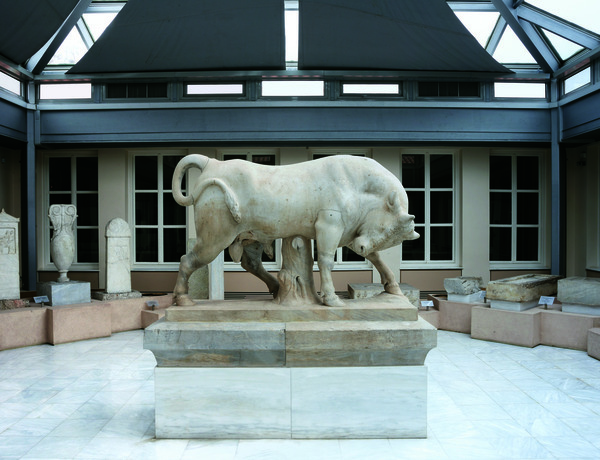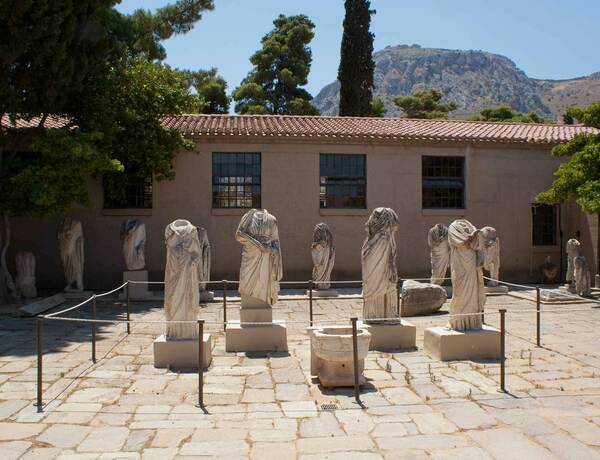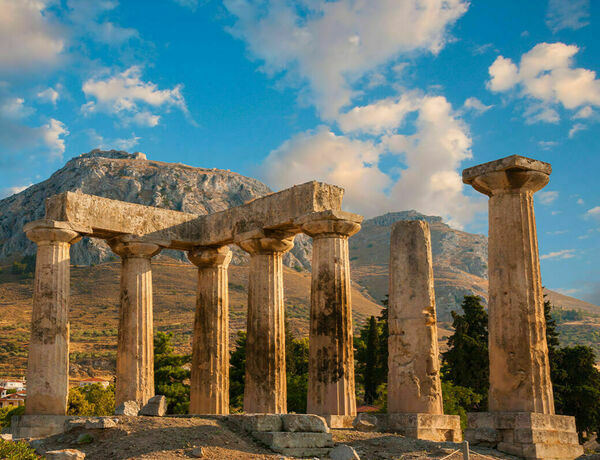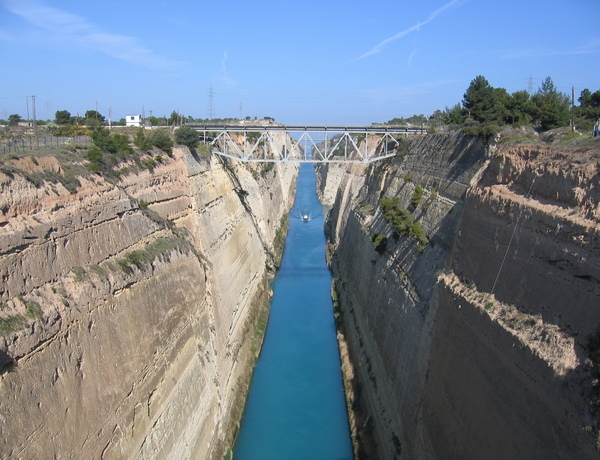Filippos Fragkogiannis is a freelance graphic designer and art director, based in Athens. He holds an MA in Visual Communication, and a BA in Graphic Design from Vakalo College and the University of Derby.
Having collaborated with acclaimed graphic and type designers, on April 16th 2019 he established his own practice. His research-based approach is rooted in semiotics, symbolism and the mechanics of visual language. His projects center around visual identities, posters, and print collateral, and he regularly enhances type foundries with bold imagery.
In 2018, he founded Certain Magazine, an independent curatorial platform that chronicles contemporary graphic design and celebrates handpicked design projects from around the world.
Filippos Fragkogiannis is a freelance graphic designer and art director, based in Athens. He holds an MA in Visual Communication, and a BA in Graphic Design from Vakalo College and the University of Derby.
Having collaborated with acclaimed graphic and type designers, on April 16th 2019 he established his own practice. His research-based approach is rooted in semiotics, symbolism and the mechanics of visual language. His projects center around visual identities, posters, and print collateral, and he regularly enhances type foundries with bold imagery.
In 2018, he founded Certain Magazine, an independent curatorial platform that chronicles contemporary graphic design and celebrates handpicked design projects from around the world.

